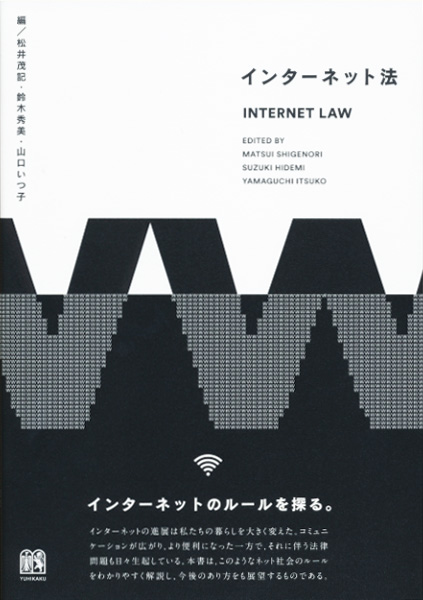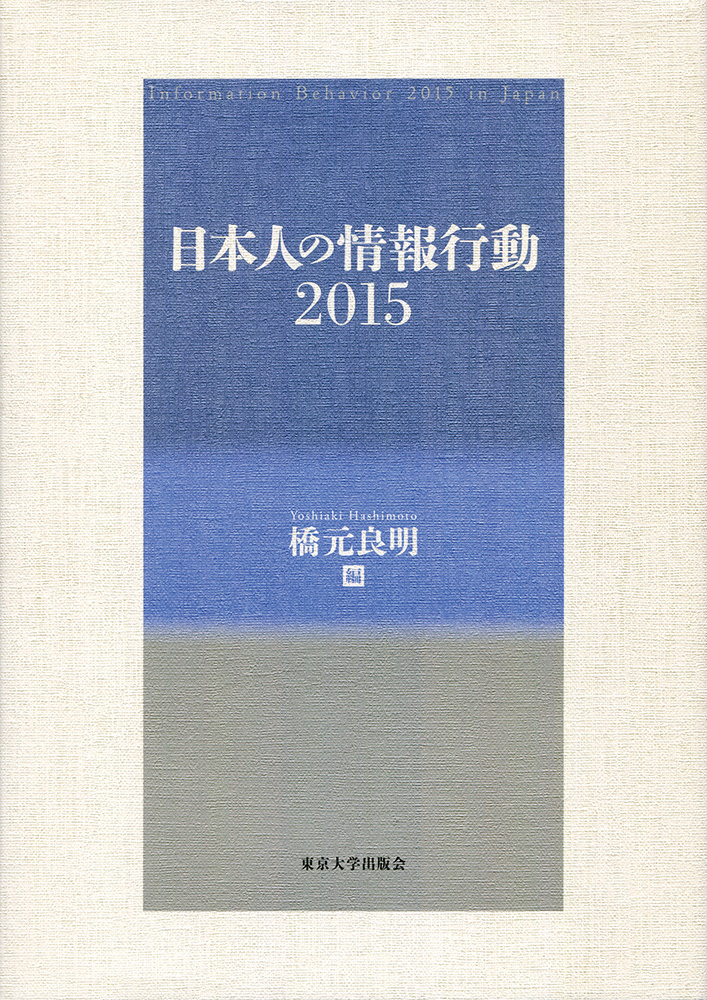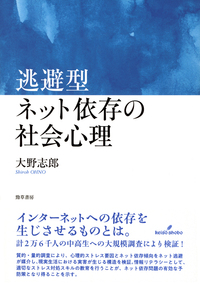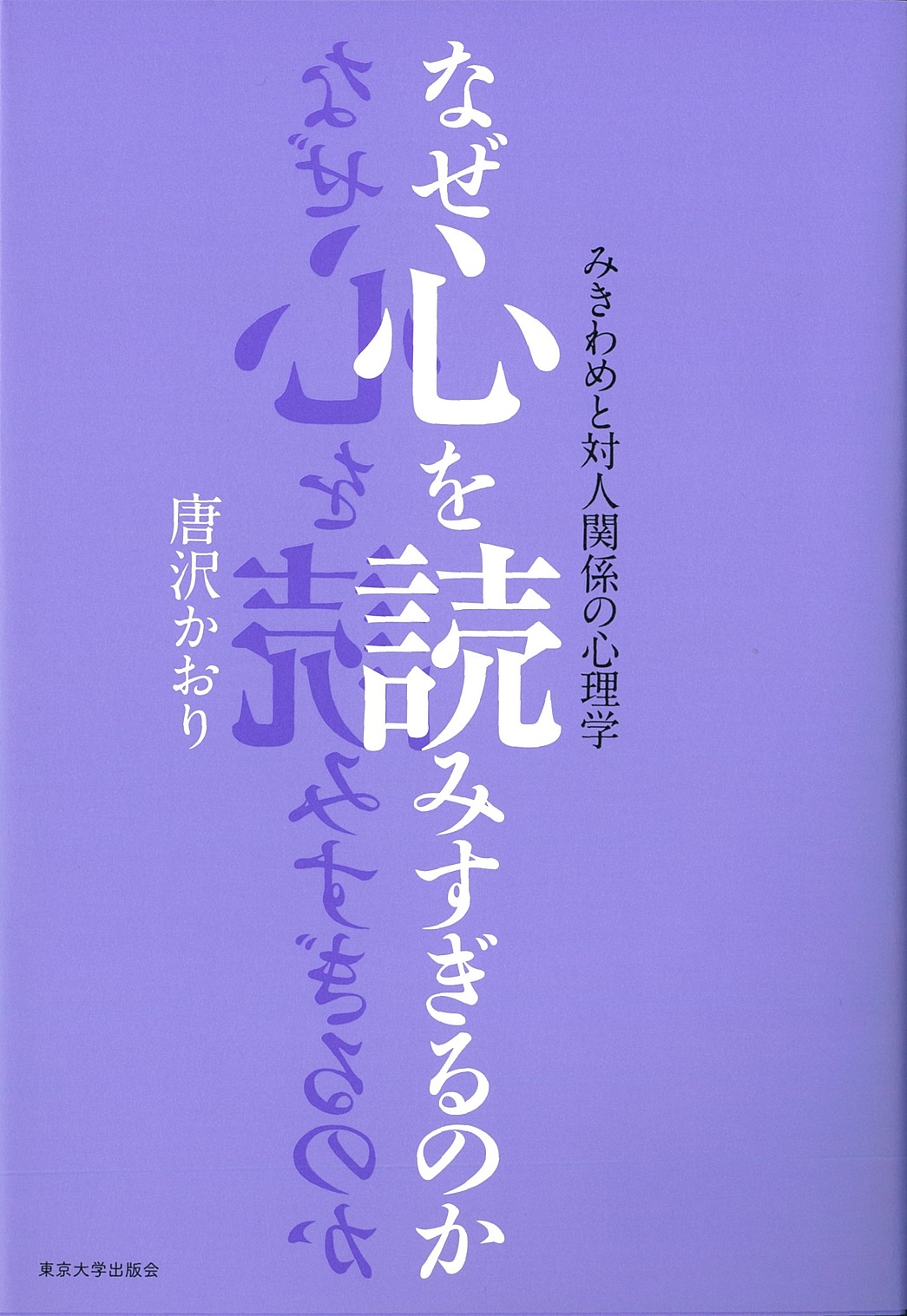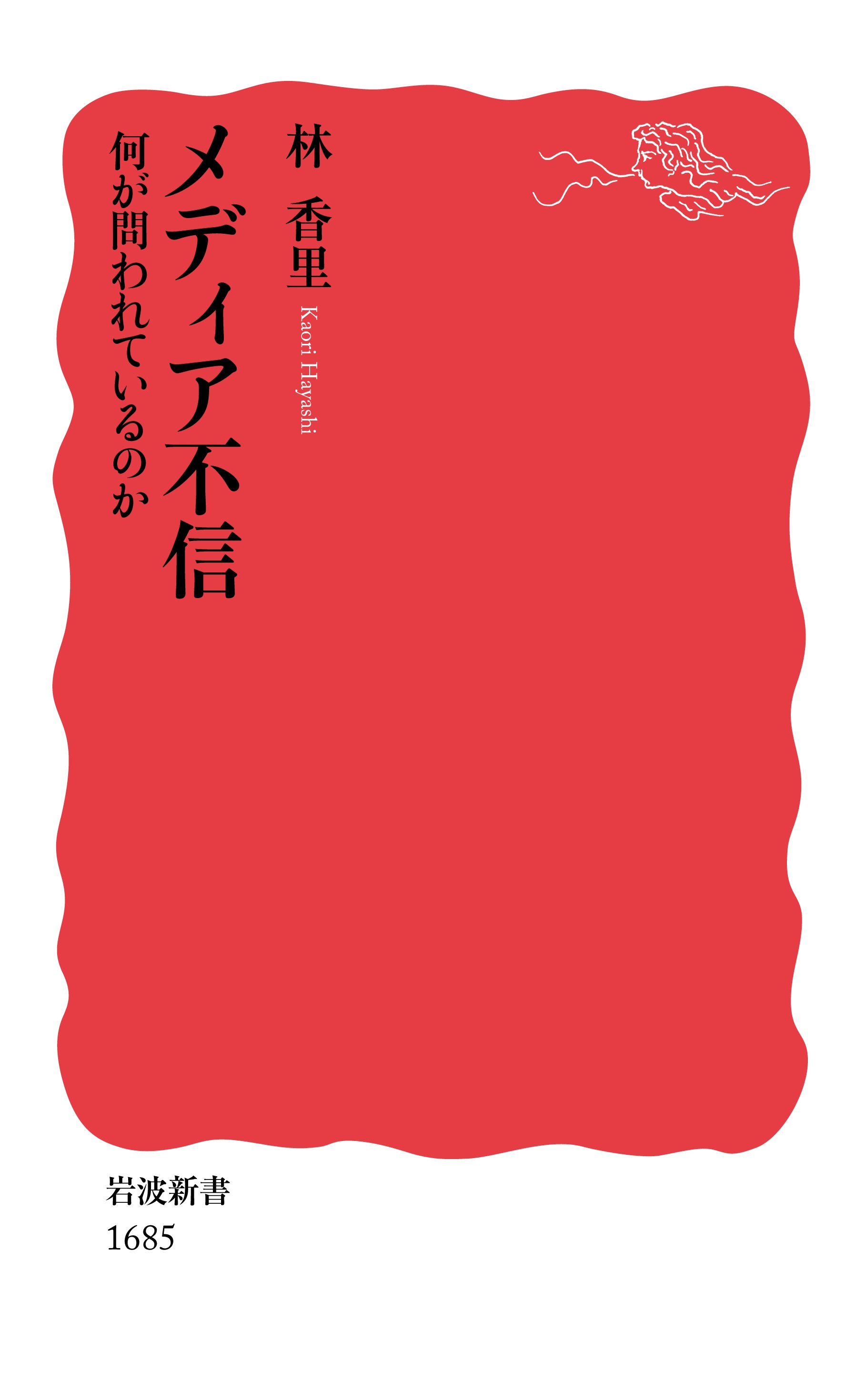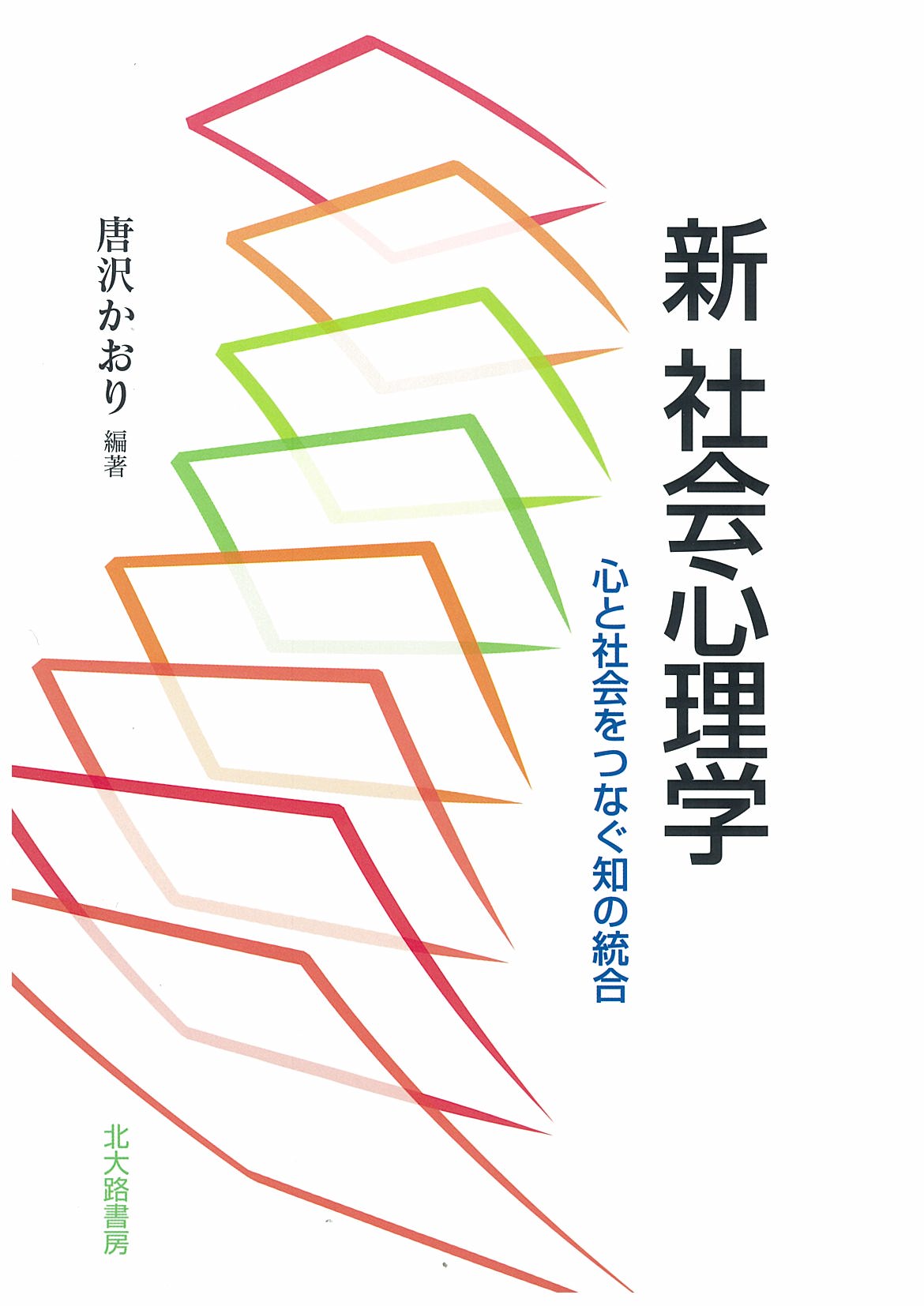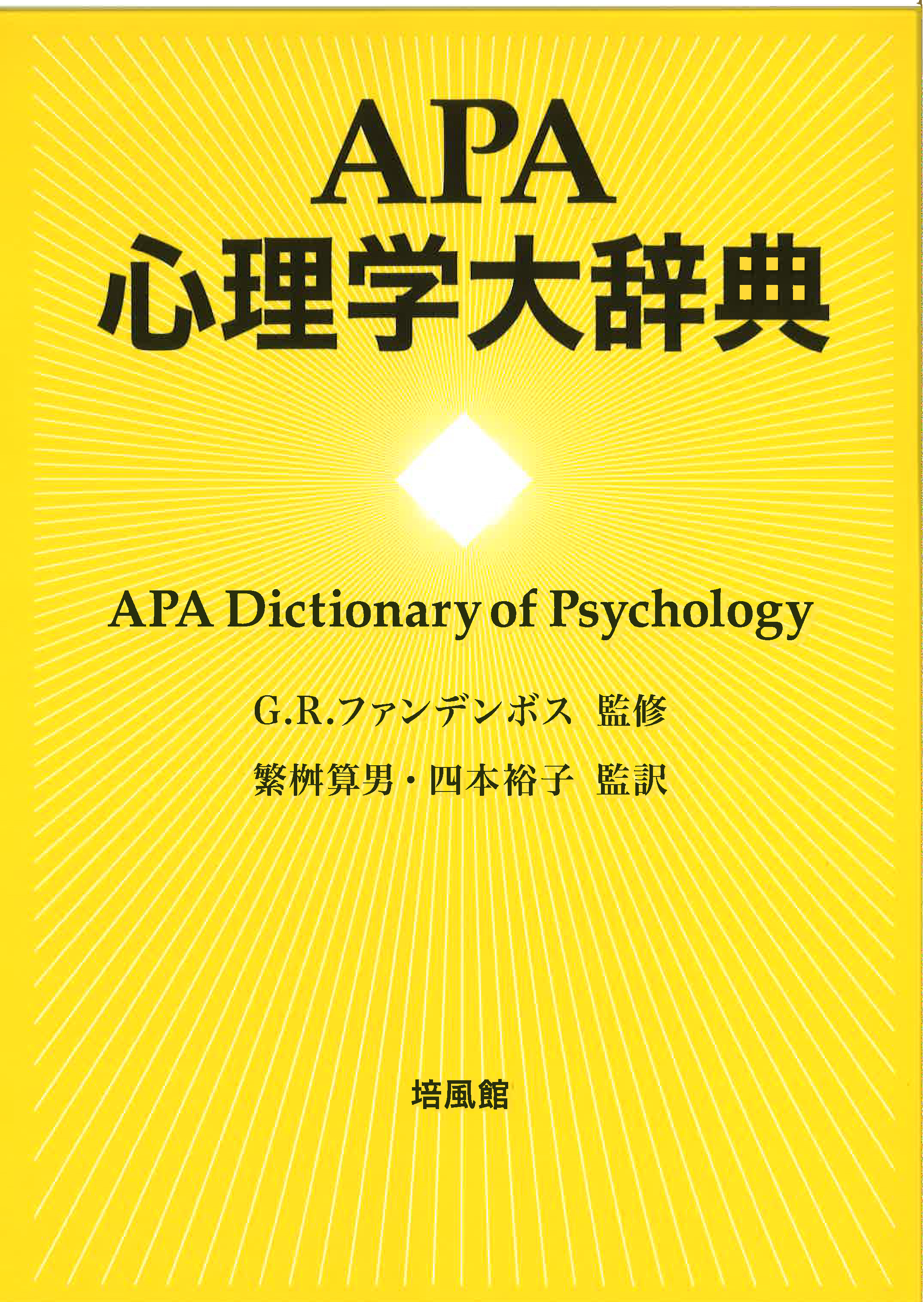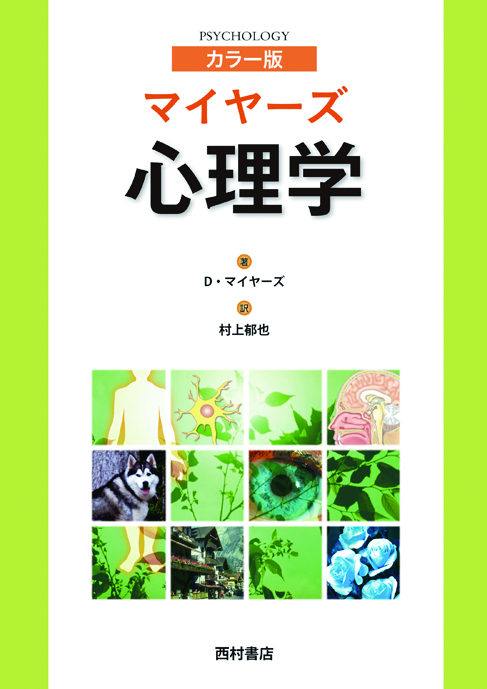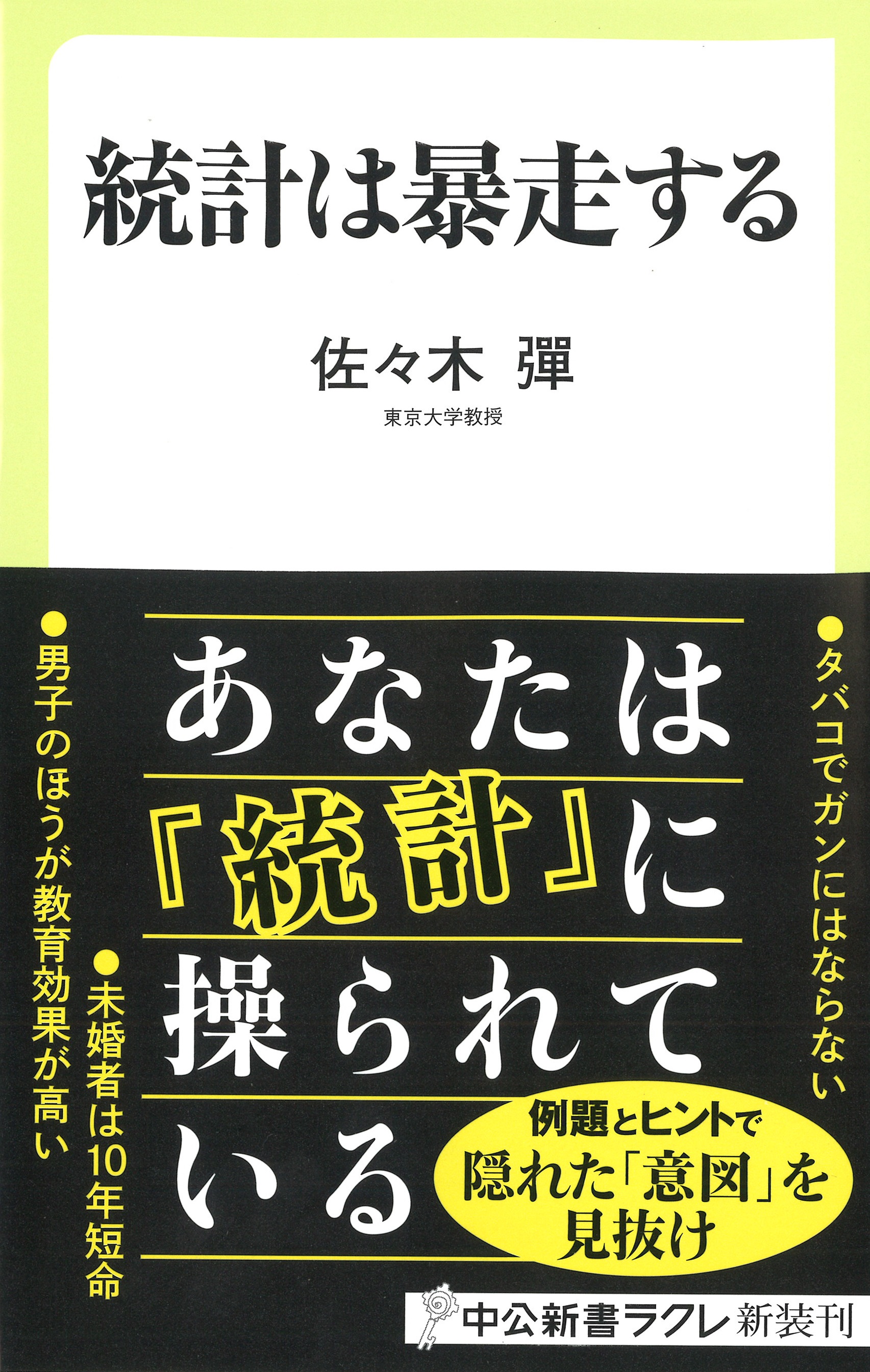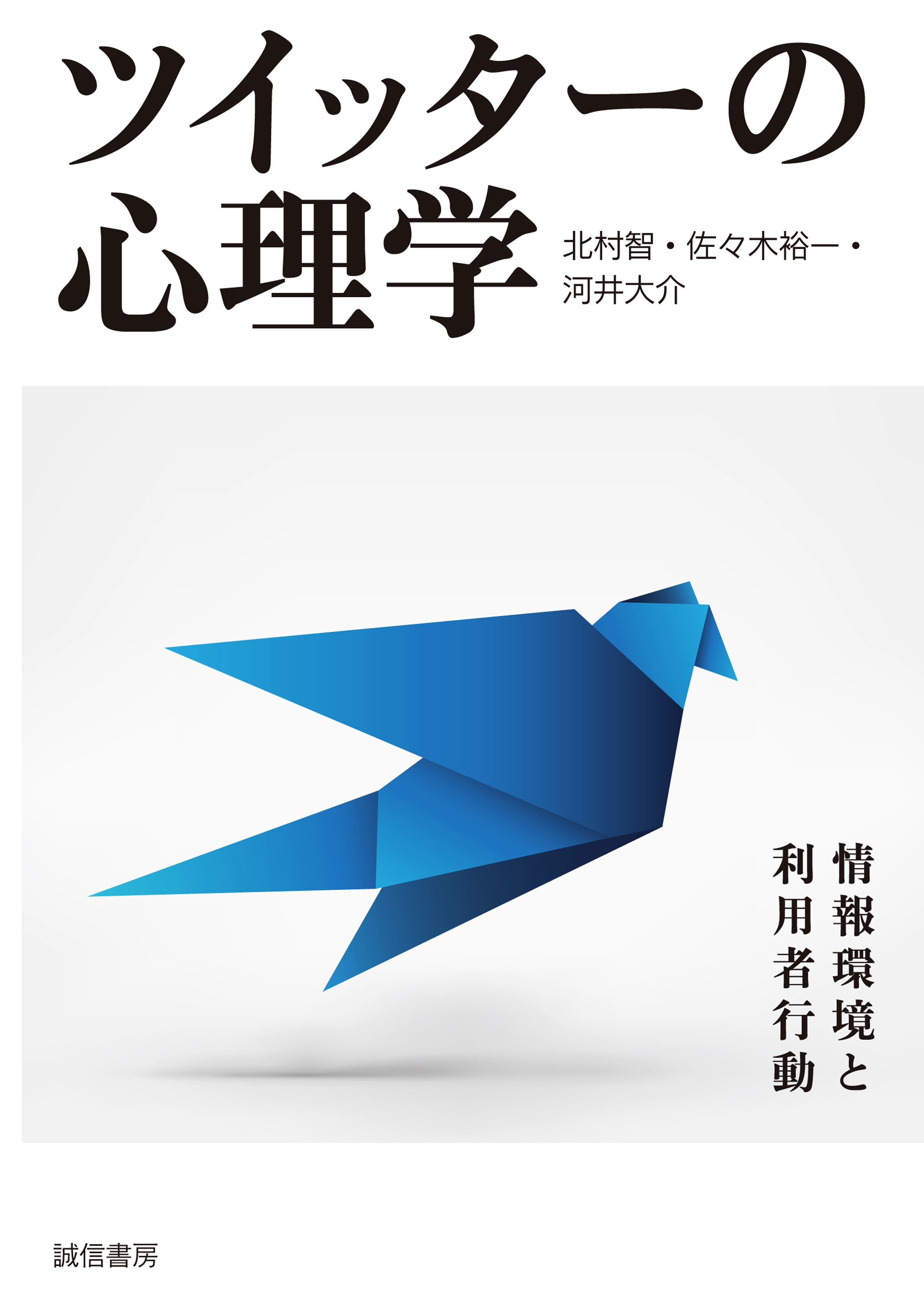
Title
Twitter no Shinrigaku (The Twitter Psychology: Information Environment and User Behavior)
Size
226 pages, A5 format
Language
Japanese
Released
July 10, 2016
ISBN
978-4-414-30008-6
Published by
Seishin Shobo
Book Info
See Book Availability at Library
Japanese Page
This is an academic treatise on Twitter, one of the world’s most-used social media platforms. It forms part of the computer-mediated communication (CMC) studies in social psychology and analyzes survey data concerning Twitter users. It considers online communication in the era of social media and discusses the present and future of the world wide web.
While the Internet has come to be used by an extensive range of people today, some attributes have not changed over the last twenty years: the customizability and information transmissibility (Kawakami et al., 1993). Customizability refers to the potential of choice of information environments to suit users’ needs (Ikeda and Shibanai, 1997). Sometimes, users themselves make these choices, but many of the services today require users to login, in which case it is often true that algorithms pre-select and display personalized information to each user. As many Internet-based services rely on advertising revenue, the advertisements to be displayed are also customized for each specific user. A prerequisite for this in every case is “persistent personalization” (Schafer et al., 2001), and social media is considered to represent one of these services.
There are two perspectives of looking at internet usage; interpersonal communication and the mass media. The former is primarily to communicate with other individuals via the Internet, and the latter functions as an alternative to the mass media or as a source of information to influence users’ purchase-related decision-making. The former is often bidirectional while the latter tends to be a unidirectional form of communication. However, these categories do not serve their purposes very well in the case of social media as there are potentially both elements within in the sense that, for example, postings transmit news with the poster’s personal opinions attached rather than the news being disseminated by the media. Furthermore, the customization even extends to the aspect that social media allows users to mix the on-line and off-line realms.
Given this background, a trial study was conducted about Twitter usage which formed the basis for this book. More specifically, a survey of Twitter users was conducted between 2013 and 2014, and Twitter logs were investigated to explore the following points: (1) Twitter as a means of gathering information and communicating (information social networking), focusing on the reality of the merger and the separation between the online and offline domains in relation to those usage patterns. (2) Actual information transmitted and received, and reasons for tweeting. This reveals the true state of information overload in an era when truly valuable information is believed to be buried in the glut of meaningless information.
(Written by KAWAI Daisuke, Assistant Professor, Interfaculty Initiative in Information Studies / 2018)



 Find a book
Find a book


